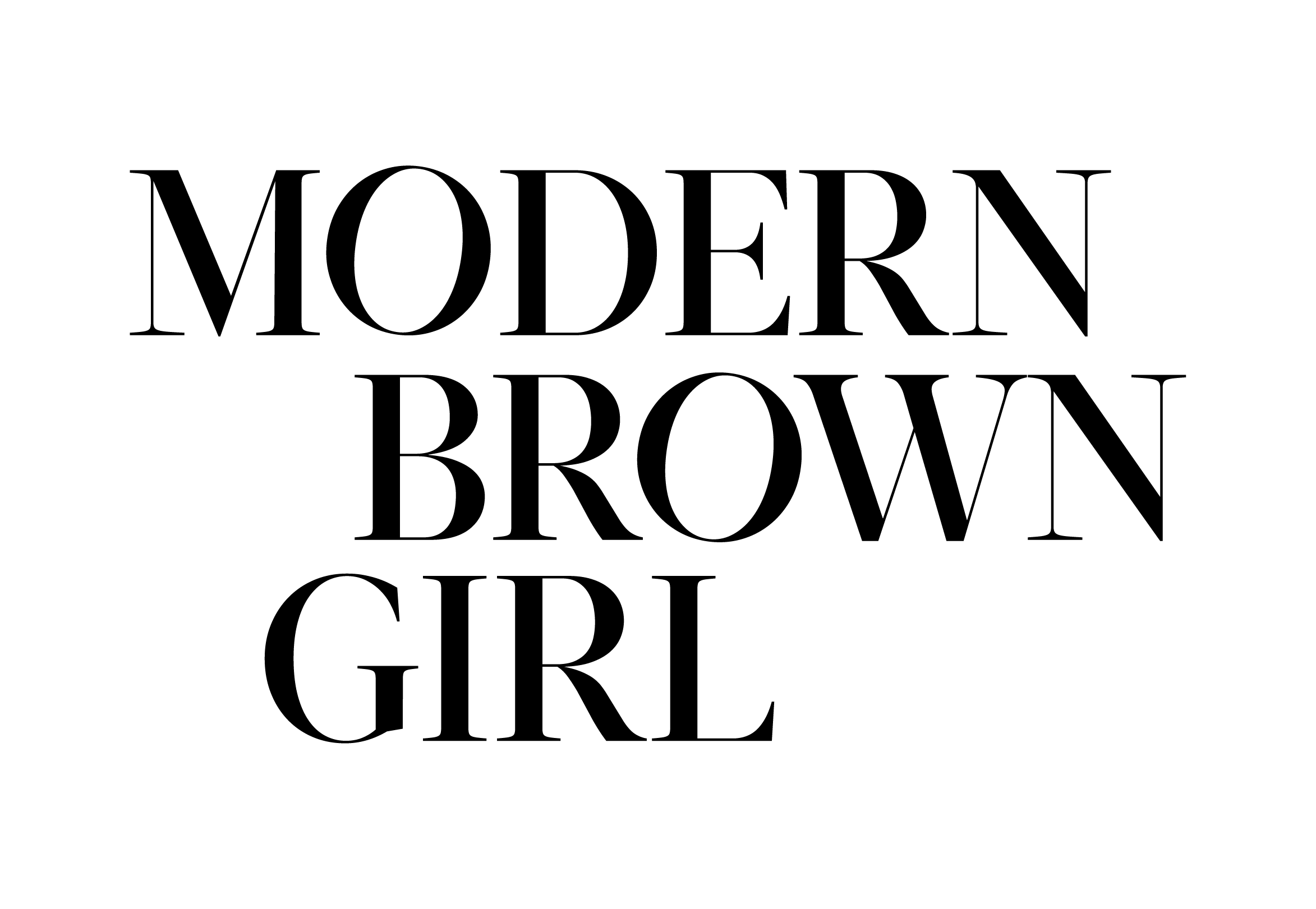How to Build Your Savings During COVID-19 Plus a Free Printable Budgeting Worksheet
There’s no doubt about it, the COVID-19 pandemic and ensuing stay-at-home orders across the globe have shaken our sense of security and well-being. While our health and safety is undoubtedly a top priority, headlines about economic troubles and the possibility of a Great Depression-era recession ahead have us worried about our financial health and future.
The economic fallout from the COVID-19 crisis is affecting people worldwide and it’s hitting close to home each and every day. In the past few weeks, more than 30 million Americans have filed for initial unemployment benefits and the numbers keep rising.
In order to fully understand how to navigate our finances during this time, we spoke with financial enthusiast Monse Moreno of Happy Money, Happy Life. In this two-part series, she breaks down how to save and invest your money so you can focus on your foundational financial security for the long-term.
Below are Monse’s tips for saving during COVID-19 plus download our free printable budgeting worksheet to help you get started.
How to Build Your Savings
During uncertain times, I highly recommend individuals focus on the basics and some protective measures. This begins with an emergency fund. There is no rule of thumb here, some financial gurus recommend starting with $1,000 while others say three to six months.
Because this pandemic has no end in sight, I recommend six months worth if you can do it. To calculate what this number is, make a list of every necessary monthly bill/cost including: housing, food/groceries, utility bills, transportation, insurance, and minimum debt payments. Don’t include lifestyle choices like shopping, eating out, gifts, or travel, as these are not fixed.
Multiply this amount by your goal months and ensure you’ve put this money in a savings account that you can withdraw from easily, but has some interest growth. This will likely take months or years to save up to, but remain dedicated and know that you’ll be more financially secure once you have it.
If the temptation of three to six months worth of money in a savings account is more than you can handle, I recommend making a list of “I will and I won’t use this for” with your spouse or an accountability partner to be clear on what you think is an emergency.
If You’ve Been Affected by COVID-19
If COVID-19 has resulted in a furlough, layoff, or reduced hours, you may not be able to focus on creating or growing your emergency fund. But you can use this time to invest in yourself and reflect on your values, lifestyle, and income. Assess what is important to you and what isn’t.
Ask yourself the following questions:
Is it hard to pay your car note? If so, consider selling and buying a reliable used car for cash.
Is your mortgage payment now a greater percent of your paycheck because of the reduction of income? If so, reach out to your bank for relief options or reconsider the benefits of downsizing sometime in the future.
Could you increase your job security or mobility via education? If so, research your options and make a plan to develop your skills.
Use the time to set financial goals, whether that is retirement investments, getting out of debt, a down payment for a home, or creating savings accounts for future travel vacations.
Shift your budget
You’re likely not spending as much on retail shopping or other entertainment during the stay-at-home orders. So shift your budget and move the money you would normally spend on this into an emergency savings account. If you don’t have a dedicated savings account specifically for this purpose, call your bank and ask about opening one.
If your traditional brick and mortar bank charges monthly fees for savings accounts, *run* to an online bank like Ally Bank, HSBC Direct, Discover Bank, or Marcus which pay between 1.5 to 2.05 annual percent yield (the amount of interest the banks pay you).
With these online banks, you can have multiple savings accounts, oftentimes with the ability to nickname the account with its purpose. For context, I have two checking accounts and ten savings accounts and each has its goal in the nickname (“trip to Singapore”, “downpayment for home”, etc).
Want More Money Tips?
Visit Happy Money, Happy Life for more of Monse’s financial insight.


